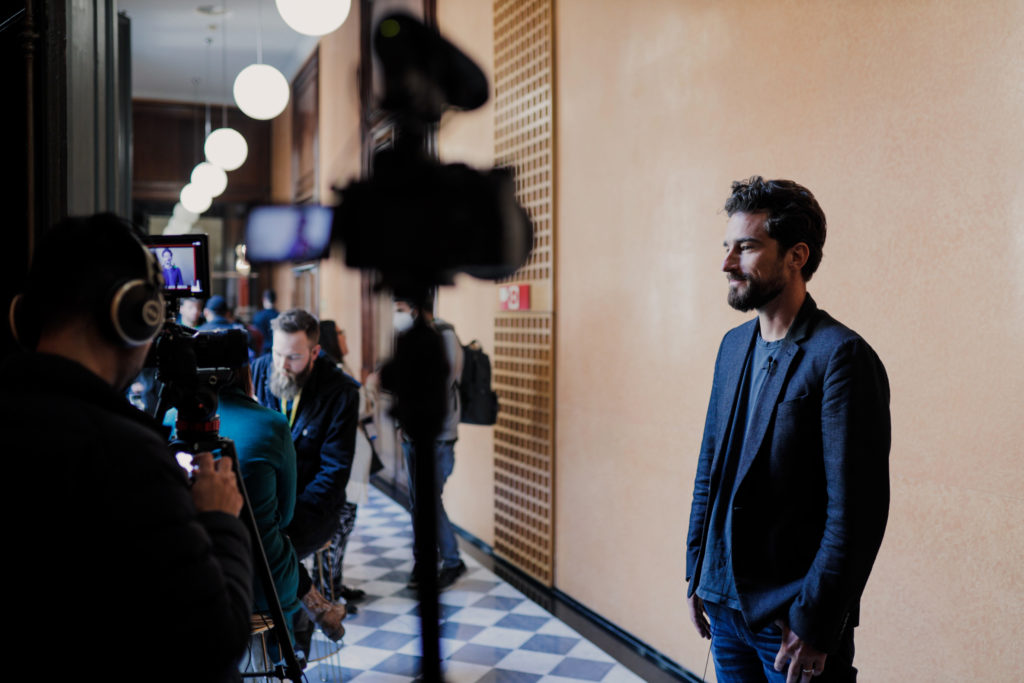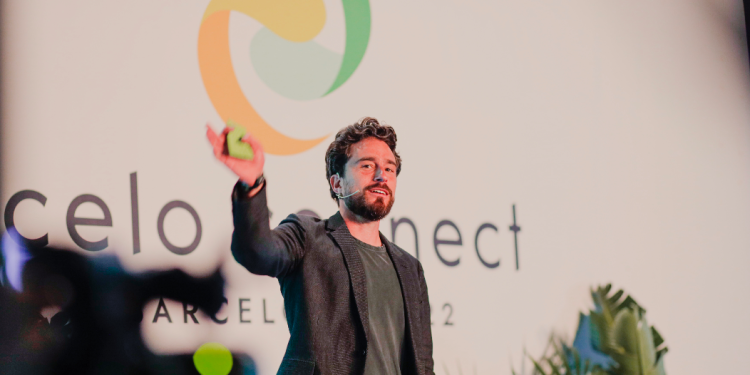In a time when the cryptocurrency market experiences fluctuations, Celo, a carbon-negative, mobile-first, EVM-compatible blockchain ecosystem, continues to prioritize the development of Web3 technology in Africa. The potential impact of Celo’s innovative solutions remains largely unexplored on the continent, particularly in Kenya. Rene Reinsberg, the President of Celo Foundation and co-founder of Celo Protocol, spoke about the organization’s commitment to supporting the global digital ecosystem and empowering communities to build a better future through technology-enabled solutions.
“We were excited by the ability of Celo technology to allow for micro payments, cash transfers while allowing local communities to get access to the digital economy. After six years in operation, we now have people building products that give value to Kenyans and other communities across the continent. We have had a lot of roadblocks in the past that are now being solved and removed,” said Rene Reinsberg-President of Celo Foundation.
In an interview with Kenyan Wallstreet, Rene Reinsberg said Celo Foundation is an organization that was established to support the digital ecosystem globally and fund public goods that can assist more people build a better and faster, technology-enabled future that we envision, that is technology-enabling.
Reinsberg has previously worked in a software firm known as LOCU, whose aim is to assist small businesses to manage their e-presence. He has worked at Morgan Stanley where he was exposed to the global financial services sector.
“All this mix of experiences have ended up shaping my current role at Celo [Foundation] where we are working on increasing the capacity of this technology in the world of international finance, “said Reinsberg.

The Celo ecosystem has projects in more than 150 countries around the world with notable use cases in Kenya and Africa. Celo offers a mobile-first blockchain platform that allows users to earn and transfer money securely. The company was established six years ago and is based in San Francisco, California-USA.
“We have several specific projects in Kenya. They include Grassroots Economics which recently announced that it is launching its protocol on Celo and this is exciting because it has a presence in several local communities- therefore creates local community currency networks,” said Reinsberg.
“Some of the fundamental objectives behind Celo are well reflected in this project.” he added. Rene believes Celo exists to provide tools that can give power back to the local communities and allow them retain the wealth that they have generated within and then grow from there.
READ; Firm Behind Sarafu Network Moves to Celo Blockchain
What is interesting is that more and more decentralised financial solutions built on Celo are being launched to provide small scale farmers and businesses with access to capital using web3 technology to mitigate risk.
Celo Foundation launched a big initiative last year to connect the world with incentives worth $20 Million to make it easier for protocols and products that offer on and off ramp solutions on Celo, using local currency.
Web3 and Regenerative Finance
According to Rene, Web3 is a tool that engages people around issues that are common in the society and this is how it can be described.
“Issues that are local as well as those that occur on a global scale such as climate,” said Reinsberg. For instance, Celo has been big on Regenerative Finance (ReFi), an emerging paradigm within the crypto community focused on using blockchain and Web3 technology to address environmental and social issues. The concept of regenerative finance goes beyond conventional financial practices. It utilizes monetary resources strategically to tackle systemic issues and foster the regeneration of communities and natural habitats.
According to Rene, the world is now full of ideas that people are implementing to ensure change around climate. Some of these ideas include having currencies that are backed by natural assets.
As demand for these currencies and their circulation increases, this leads to more natural assets being preserved as part of the reserves backing those currencies.
“These are concepts that go back many years. With bitcoin, we have for the first time, the technology and the tool to implement the idea of preserving natural assets and there are several projects in the Celo ecosystem that are currently being worke on, to achieve preservation of the environment, including Mento and many others.
Rene adds that Celo is working on products that will allow end users to increase their level of engagement with climate assets.
Celo’s Mobile-First Approach
Recognizing that most Africans access the internet via mobile phones, Celo has prioritized the mobile platform. Redesigning applications to seamlessly run on mobile devices, Celo aims to make the interaction with its products more accessible to users.
“In Africa, most people are accessing the internet through their mobile phones rather than from a desktop. We are seeing the launch of more and more projects and applications that can run on a mobile phone. The phone has a wallet that allows people to interact more with these applications, much easier than the Web2 world,” said Reinsberg.
Rene mentions that with Web3, money is not just a software and this means that users have access to a much richer set of capabilities than money can potentially have.
He said that a lot of Celo projects are serving real world needs as more applications come into the space to solve community problems. He advises web builders to focus on the end users and not the short term obstacles and challenges.
“Keep on building a good product and you will be rewarded. Those wondering whether to get into this web3 space or not, we are at the cusp and therefore this is the moment when some of the applications are about to become mass market, “said Reinsberg.
ALSO READ; Kenya’s Ministry of Finance Proposes Tax on Digital Assets in 2023 Finance Bill




